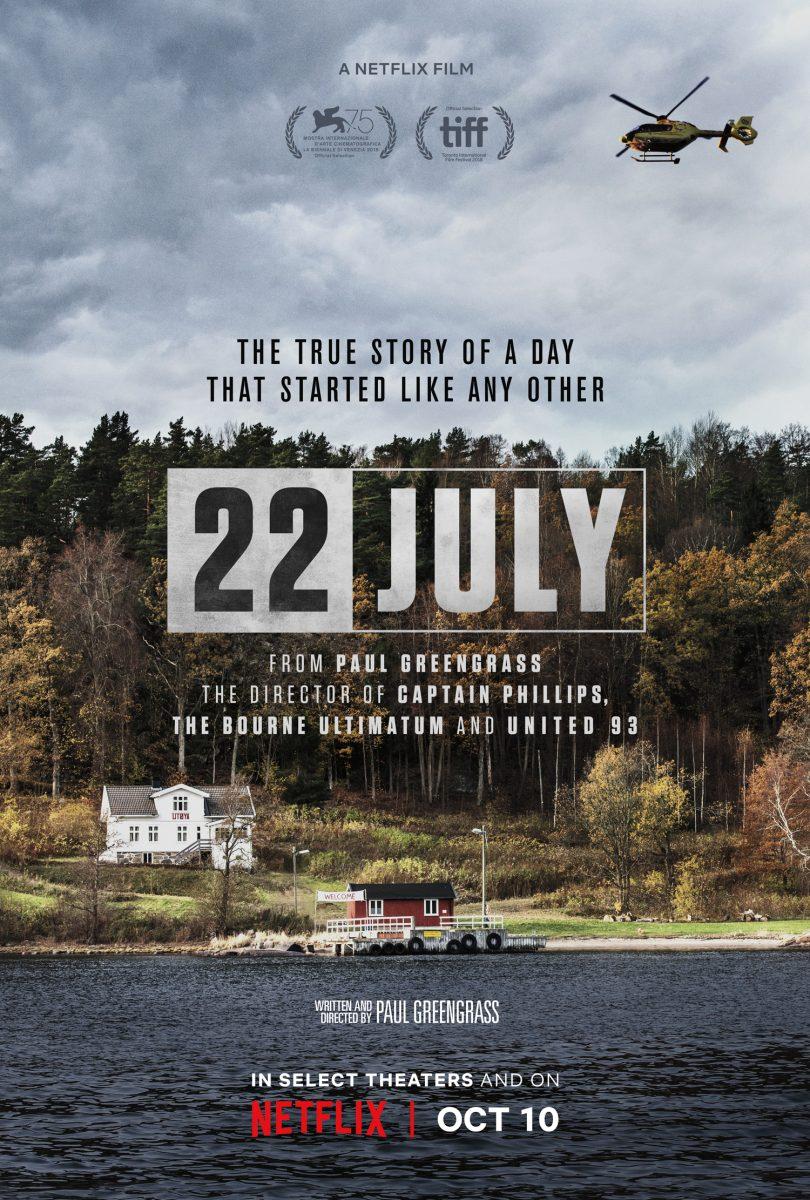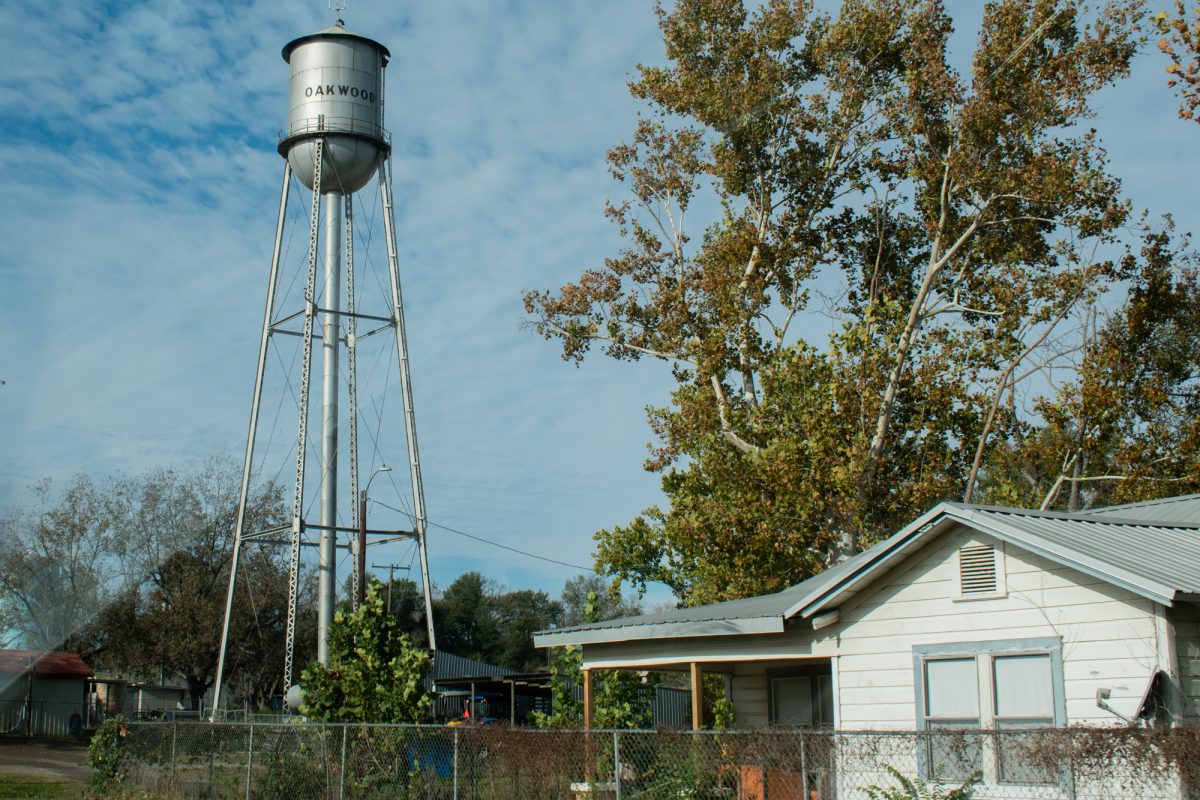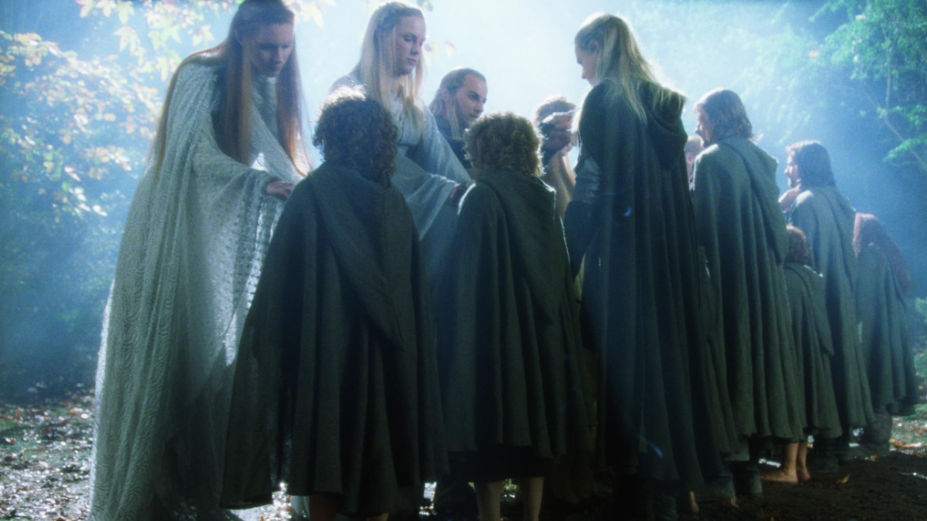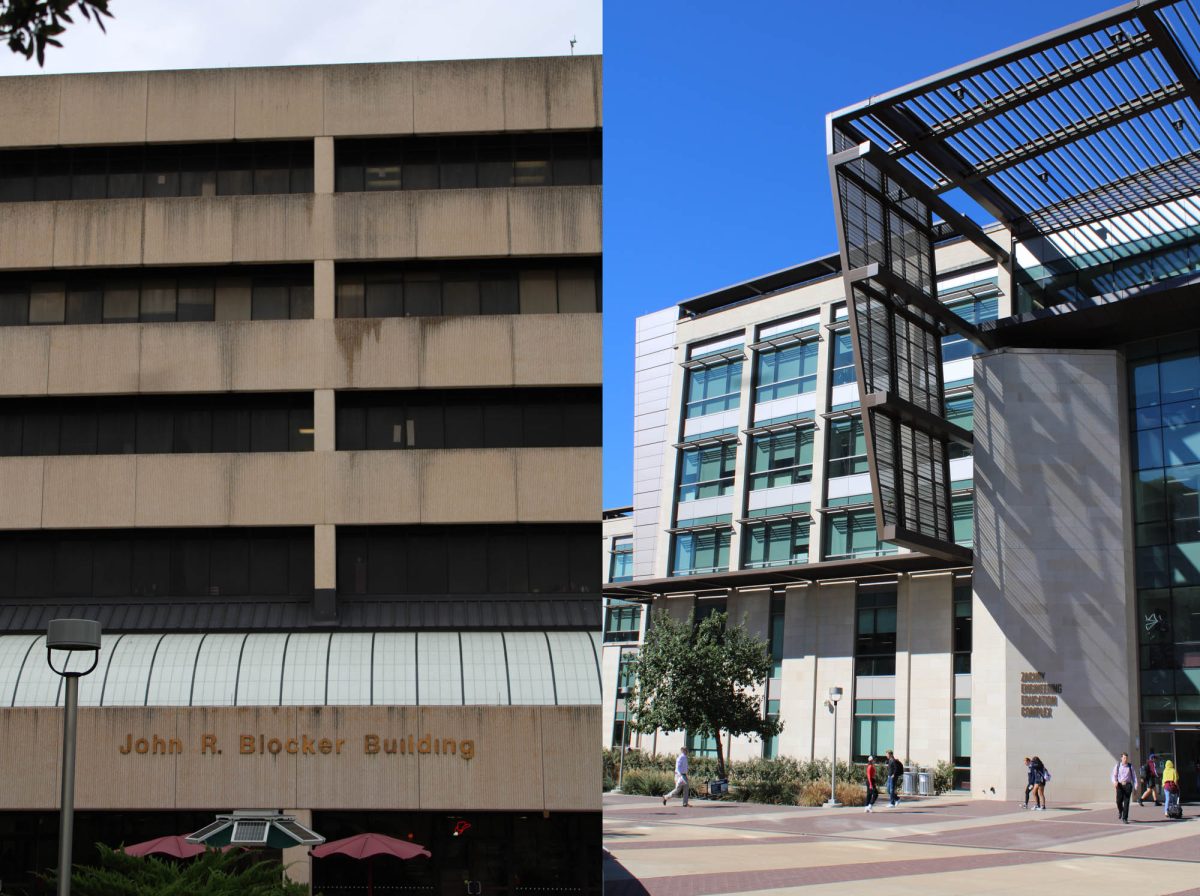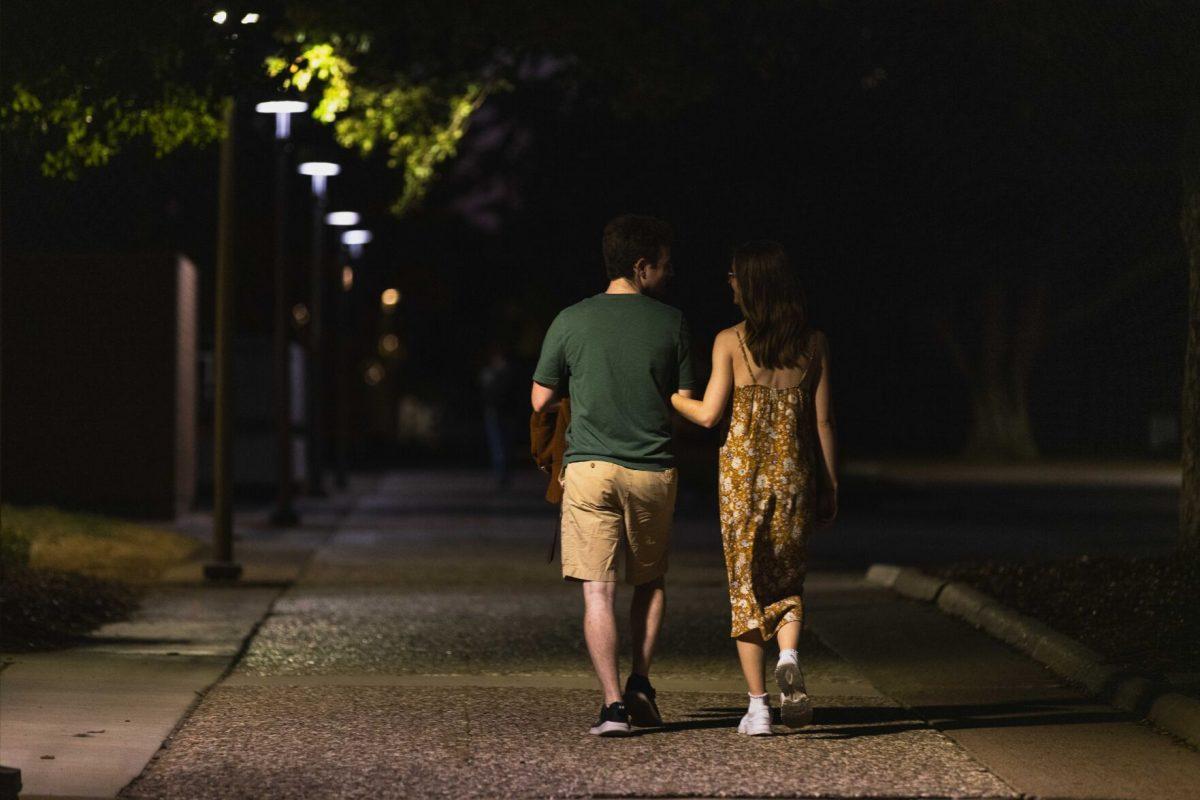Directed by Paul Greengrass, 22 July is a docudrama based around the right-wing terrorist attack on July, 22, 2011 on the Norwegian island of Utøya. Greengrass takes on the difficult task of adapting such an intense event, and unfortunately he does not effectively translate these events on to the screen.
Other than his work in the Bourne franchise, Greengrass has based much of his career in film around the adaptation of somber, non-fiction events. With most of his films, such as Captain Phillips or United 93, he focuses on a specific person or a group of people that are victims of a terrorist attack. The effects of true-story cinema are extremely limited, but filming from this perspective gives the film some ability to connect the audience with the victims. However, Greengrass decides to deviate from this style in 22 July.
Rather than focusing on the actual event, a majority of the film takes place in the aftermath of the attack. The film jumps back and forth between the trail of Anders Behring Breivik, the terrorist, and the recovery of Viljar Hanssen, one of the survivors. The cutting between each of these different storylines is emotionally jarring for the audience and doesn’t allow the proper depth of the characters to form.
Oddly enough, the main storyline in the film doesn’t seem to be the recovery of Hanssen, but the interviews and subsequent trial of Breivik. This emphasis of Breivik seems counter-intuitive. Throughout the interviews, Breivik claims many times that he wants people to know his motive for the attack was rooted in deep right-wing, anti-immigration sentiments. By spending much of the film’s runtime on the character development of Breivik, Greengrass is essentially giving Breivik the publicity that he was so desperately desiring in the first place.
Even with this hyperfocus on the character development of Breivik, he’s still not developed enough past his political motivations. Greengrass puts such a focus of the motivations behind the attack but does not delve further into Breivik’s mind.
The plot line that seems to be given the least attention in the film is the recovery story of Hanssen as he struggles through the process of rehab. Unfortunately, Greengrass doesn’t really bother with any sort of character development in Hanssen. Simply put, Hanssen is a two-dimensional representation of all of the survivors of the attack. Once the trial of Breivik starts and Hanssen is called to testify, Hanssen is given some semblance of character motivation, but due to the lack of development throughout the rest of the film, the ending feels unearned and cliche.
Representing any attack in film is a difficult task but also an unnecessary one. The overall goal of these types of films is to bring a humanizing factor to new stories, but, in most cases, the films actually underrepresent or misrepresent the victims of the attack. 22 July is no exception. The victims of the disgusting and barbaric actions of Breivik are unfortunately undermined by their misrepresentation on screen.
22 July is now streaming on Netflix.



